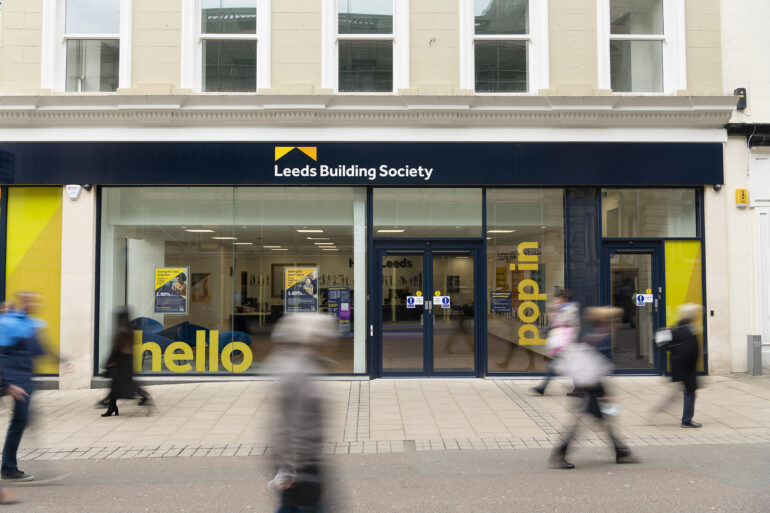There are now a million more owner occupiers in England compared to a decade ago, according to the latest findings from Leeds Building Society.
To coincide with the release of details of the Government’s 2021 Census figures, Leeds Building Society analysed some key national, regional, and local owner occupation figures.
The research showed that owner occupation peaked in 2003 at 70.9% and fell steadily until the start of 2017 when the trend started to reverse. This reversal has now paused – there are currently just over 15.6 million owner occupiers in England (64% of total households).
Andrew Cook, senior strategy manager at Leeds Building Society, said: “There is little doubt that owner occupation remains the preferred housing tenure for many people.
“After a period of decline between 2003 and 2016, we are now starting to see an increase once again in the number of people owning their own homes but appreciate the ongoing challenges aspiring homeowners face.”
He added: “Here at Leeds our purpose is to help put home ownership within the reach of more people and although mortgage costs for many have increased since last year’s ‘mini budget’ and housing is currently at its least affordable point since records began, we expect the desire for people to get on the housing ladder to remain.
“This will continue to underpin demand for housing.”
Furthermore, the Society’s research showed that since 2013-14 there have been more outright owners.
In 2020/21, 35% of households owned their property outright, while 30% were buying a house with a mortgage.
The increase in numbers owning their property outright is partly explained by an ageing population, with large numbers of ‘baby boomers’ reaching retirement age and paying off their mortgages.
It also reflects the very low mortgage rates over the last decade which have allowed many people to reduce their mortgage debt.
In 2021-22 the private rented sector accounted for 4.6 million (19%) of households, no change from the previous year, but lower than in 2016-17 (20%).
The social rented sector accounts for around 4 million households (17%) and is the UK’s smallest tenure following a longer-term downward trend which stabilized over the last decade.
In 2021-22 around 2.5 million households rented from housing associations whilst 1.6 million rented from local authorities.
What’s more, the data reveals that there is a clear north/south divide in levels of owner occupation.
At the peak of owner occupation in 2003 (70.9%), the South East had the highest level (76.9%), whilst London had the lowest levels (61.1%).
Since 2002, all the regions have seen a steady fall, with the East Midlands currently being the region with the highest levels of owner occupation at 70.1%.
London remains the region with the lowest levels of owner occupation at 49%.



